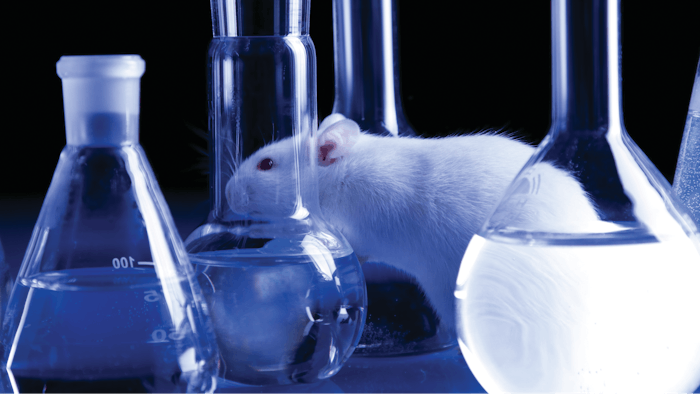
Read the full article in the Nov/Dec edition of C&T magazine.
The process of chemical and ingredient classification and regulation in the European Union (EU), and now the UK, and the impact on their use in cosmetics can be daunting. This article endeavors to explain some critical aspects.
CMRs
Substances classed as carcinogenic, mutagenic or toxic to reproduction (CMR) are officially identified via the Classification, Labeling and Packaging (CLP) regulation; EU and Great Britain (GB) CLP Regulations were detailed in the September 2022 column. It is important to remember that CMR classifications are hazard classifications and do not consider the potency or strength of the substance or the exposure to it.
CMR substances are classified in the following categories under the CLP Regulations:
- 1A: Known to be CMR based on studies in humans;
- 1B: Presumed to be CMR based on animal studies; or
- 2: Suspected to be CMR based on limited evidence from animal or human studies.
Article 15 of both the EU Cosmetic Products Regulation (CPR) and the UK Cosmetics Regulation (UKCR) prohibits the use of CMR substances classified as 1A, 1B or 2 under Annex VI to the CLP regulations in cosmetic products, unless a specific exemption is granted. Article 15 applies only to harmonized classifications; self-classifications are not included in the EU and UK cosmetics regulations prohibition of CMRs.
Exemption conditions for CMR category 1A and 1B substances, are:
- Compliance with the food safety requirements;
- If there are no suitable alternative substances available;
- If the application is made for a particular use of the product category with a known exposure; or
- If the substance has been evaluated and found to be safe for use in cosmetic products;
The exemption condition for CMR category 2 substances is:
- The substance has been evaluated and found to be safe for use in cosmetic products.
EU CMR Omnibus Regulation
In October 2010, the European Commission shared a working document with member states and industry stating that CMR substances classified by the EU CLP regulation would automatically become banned in cosmetics without the need for specific listing in Annex II of the CPR. This interpretation took effect on Dec. 1, 2010. The industry challenged this interpretation and in September 2016, the European Commission (EC) agreed that the risk management process will apply to CMR substances, so that annexes to the CPR must be updated following a classification in the EU CLP regulation.
Read the full article in the Nov/Dec edition of C&T magazine.











